December 9, 2014
Webinar explores gaps between facilities management and procurement
 A webinar exploring the gap between the facilities management and procurement sectors concluded with a straw poll of thirty delegates which found that there was a half and half split between those who feel that the relationship between the two disciplines is only ‘average’ while 43 per cent consider it close and that they worked together collaboratively when required. The webinar hosted last week by supplier information management firm Trade Interchange, saw senior speakers from the facilities management and procurement sectors discuss the reason for this disconnect. “There has been historic friction and frustration,” stated Jeremy Waud, chairman of service provider Incentive FM. “The two sides have often had conflicting corporate objectives which has meant they behaved very differently.”
A webinar exploring the gap between the facilities management and procurement sectors concluded with a straw poll of thirty delegates which found that there was a half and half split between those who feel that the relationship between the two disciplines is only ‘average’ while 43 per cent consider it close and that they worked together collaboratively when required. The webinar hosted last week by supplier information management firm Trade Interchange, saw senior speakers from the facilities management and procurement sectors discuss the reason for this disconnect. “There has been historic friction and frustration,” stated Jeremy Waud, chairman of service provider Incentive FM. “The two sides have often had conflicting corporate objectives which has meant they behaved very differently.”







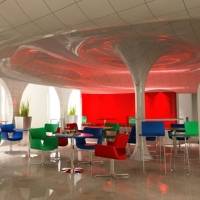


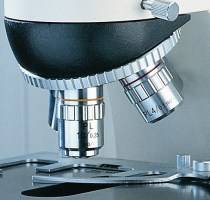







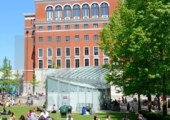

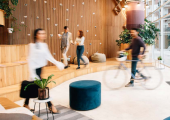
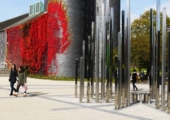

December 10, 2014
We should bring the soft landings idea back to Earth with a bump
by Andrew Brown • Comment, Facilities management, Property
(more…)